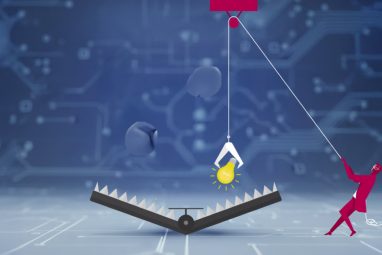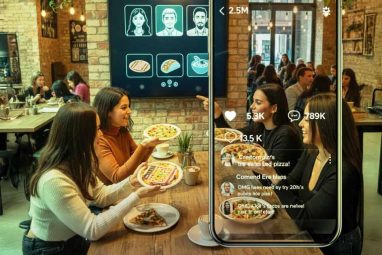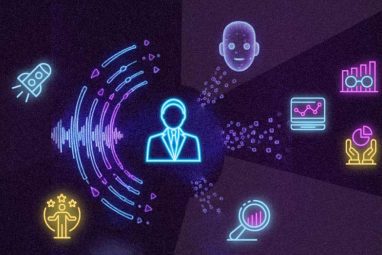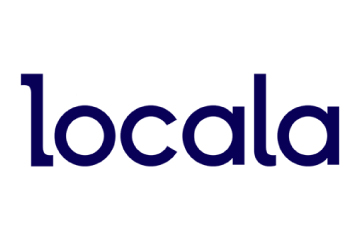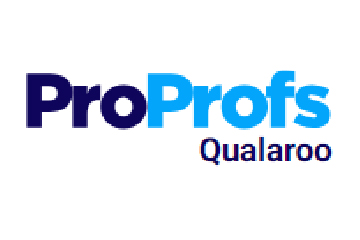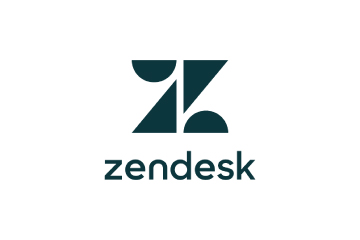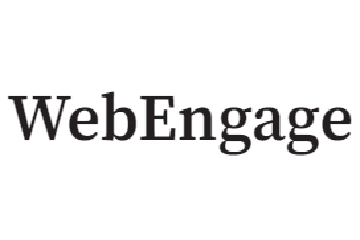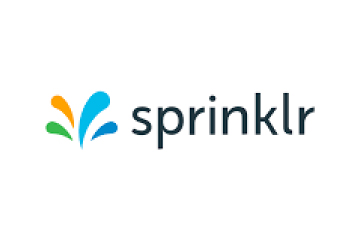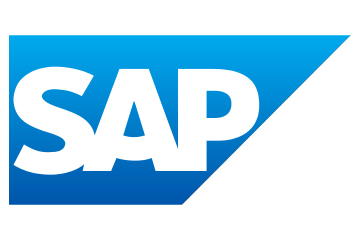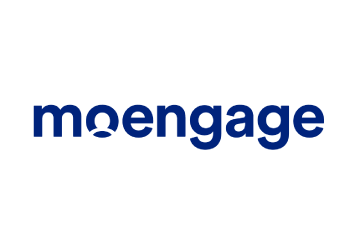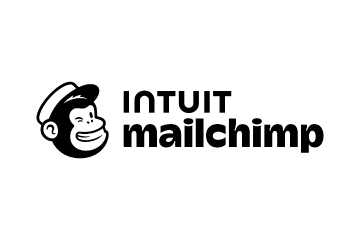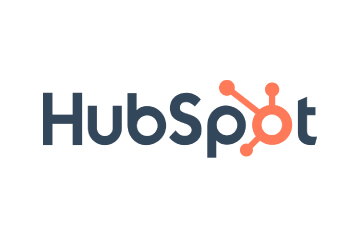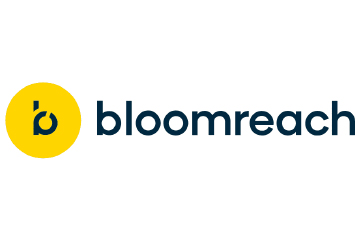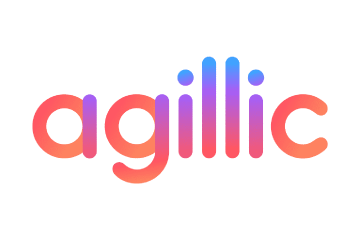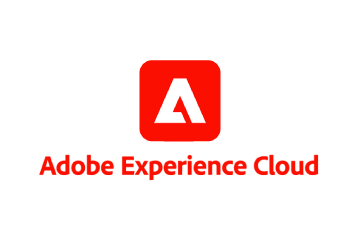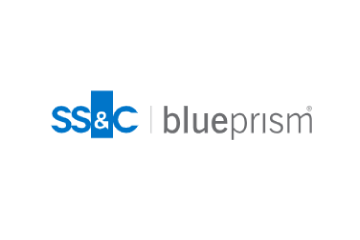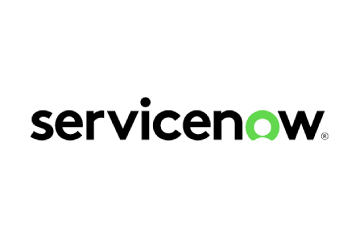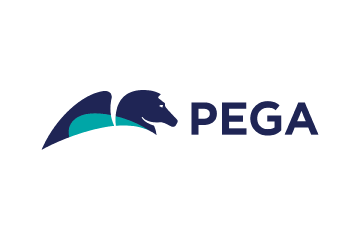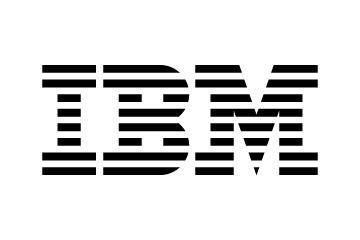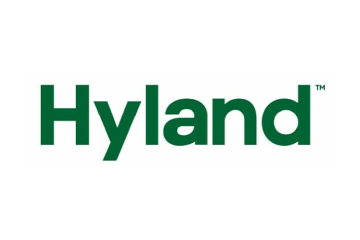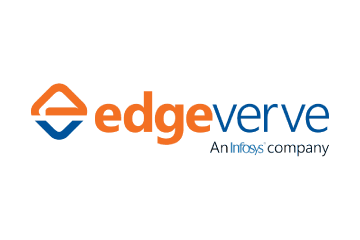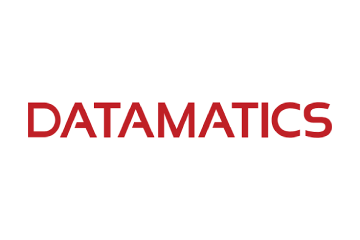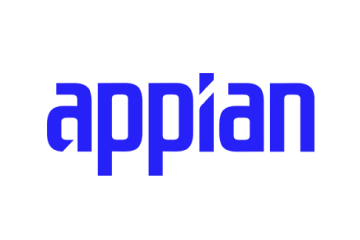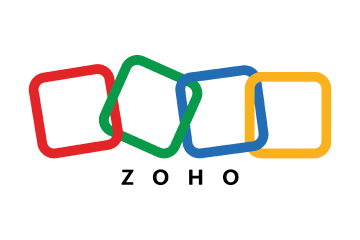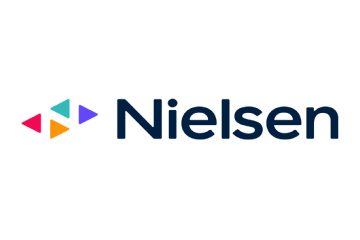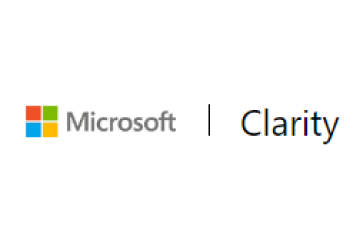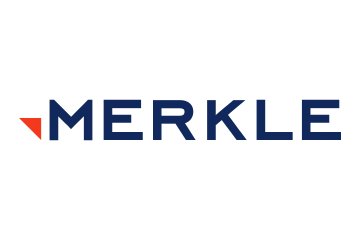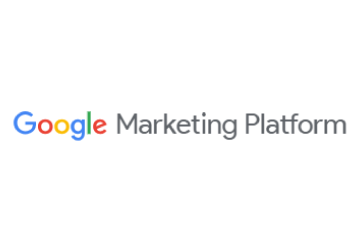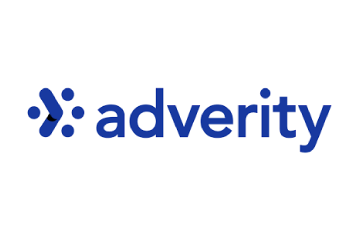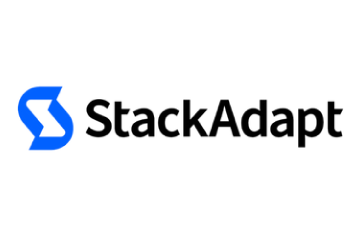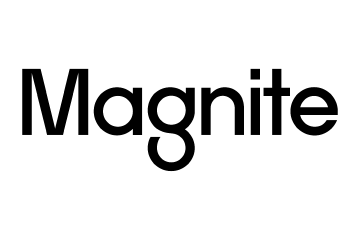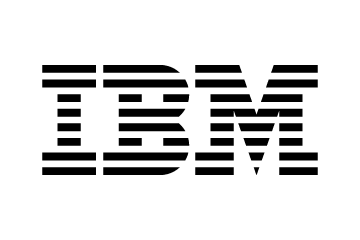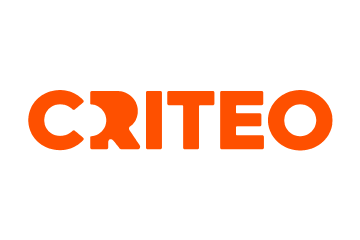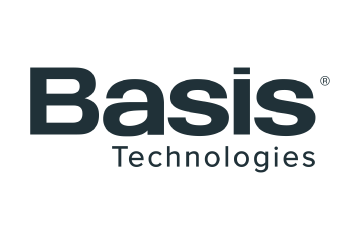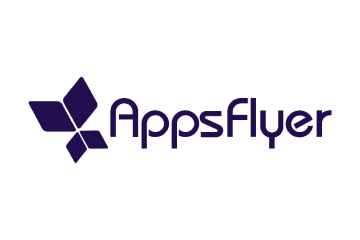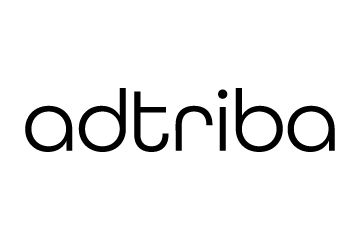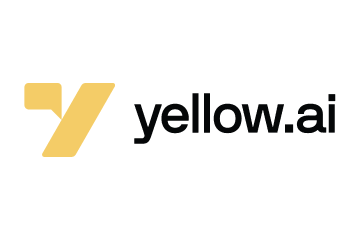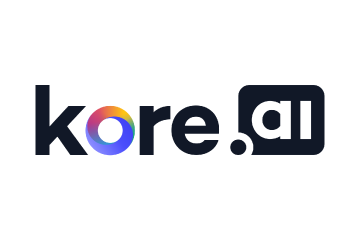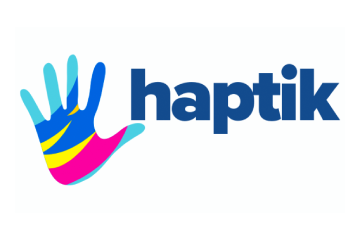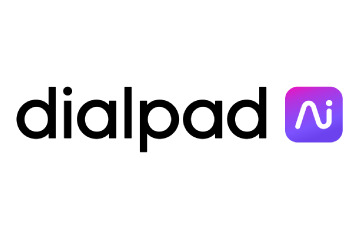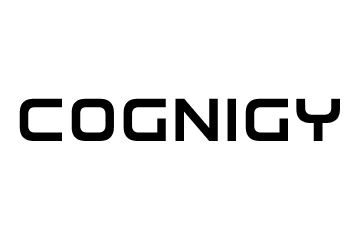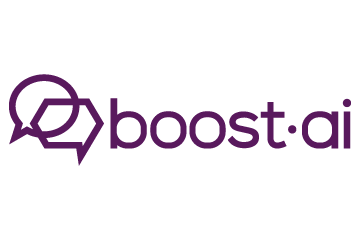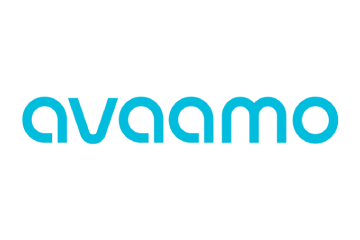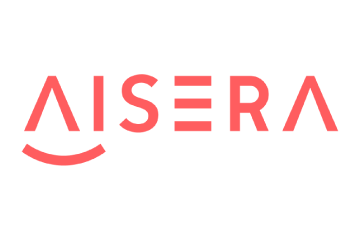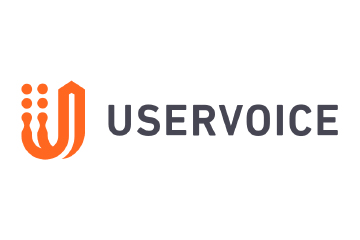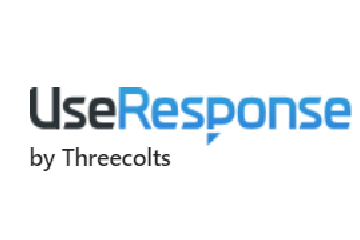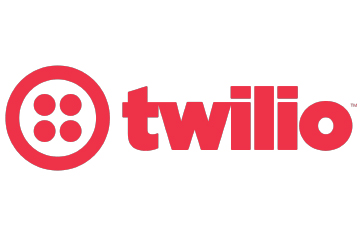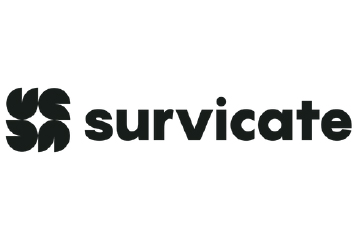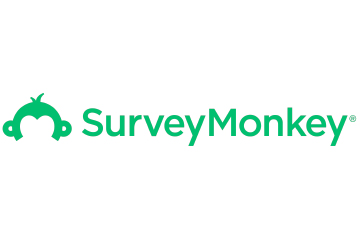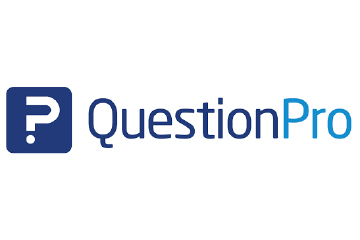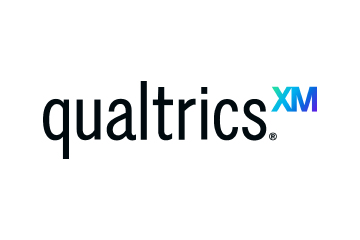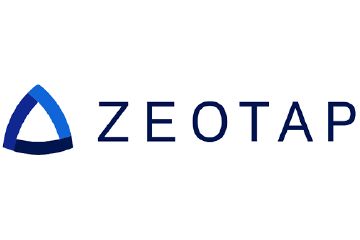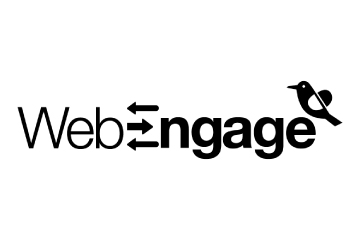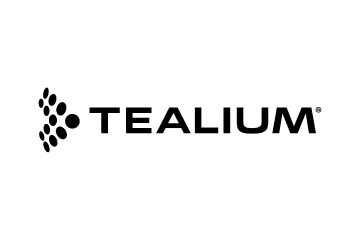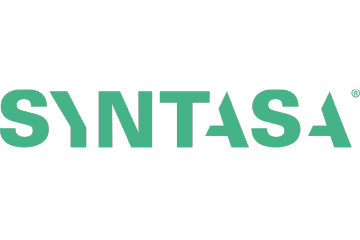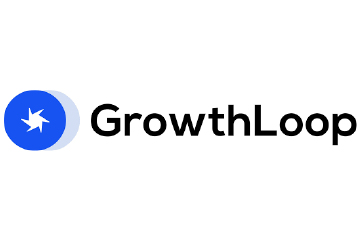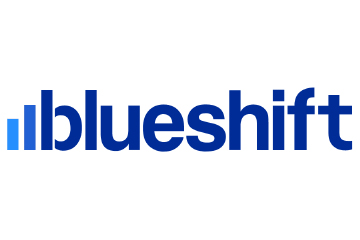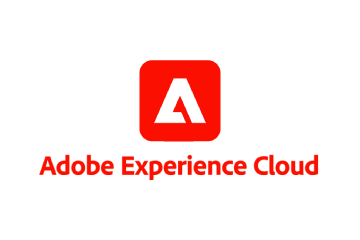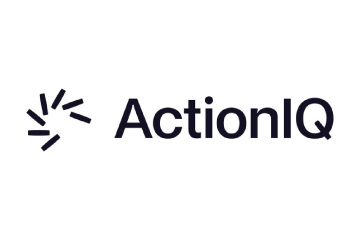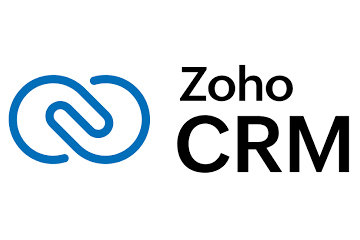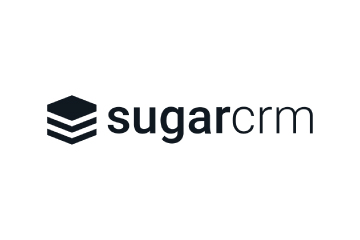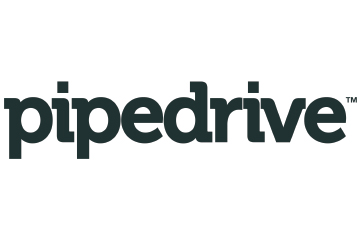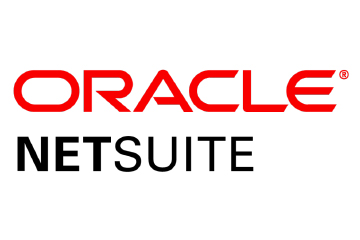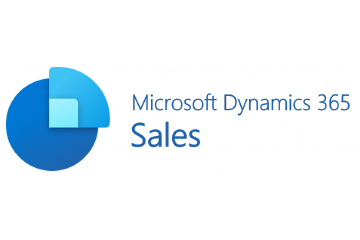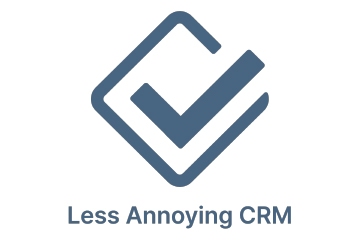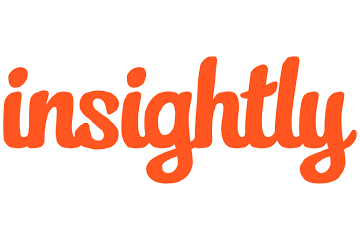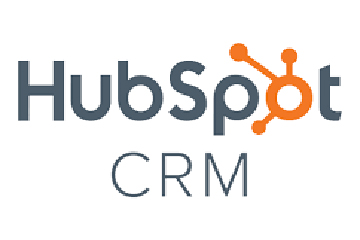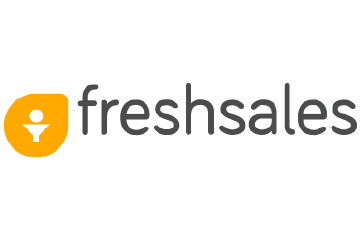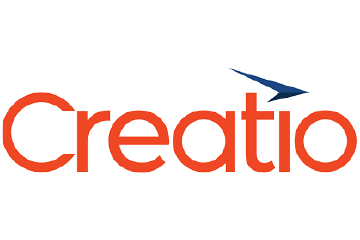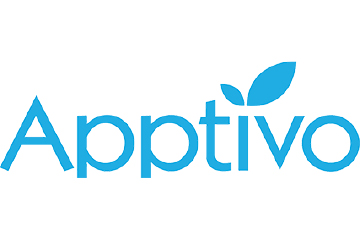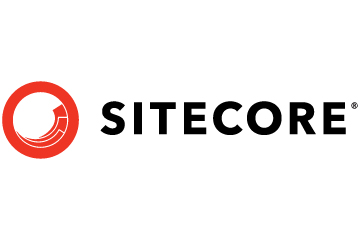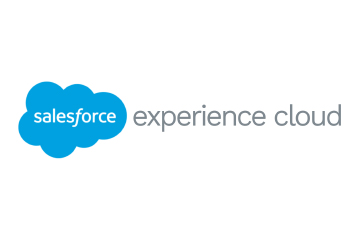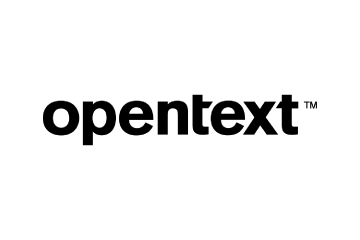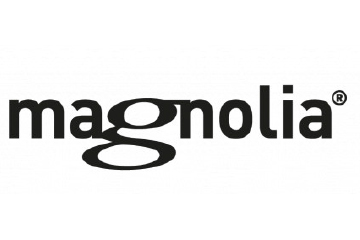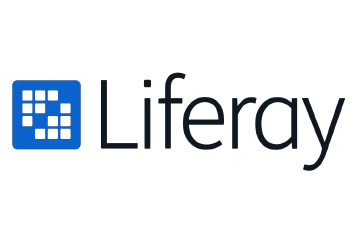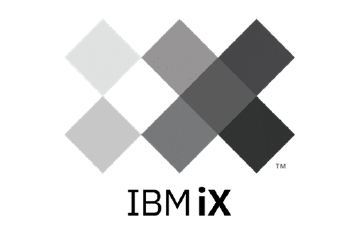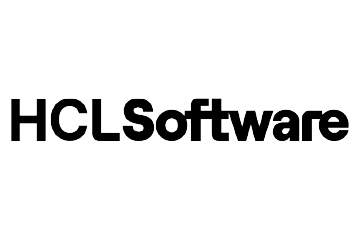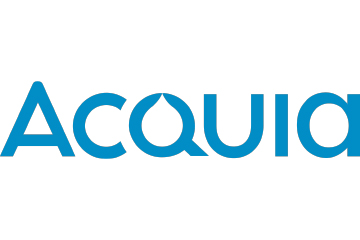Can You Hear The Sonic Boom?
The audio marketing space has been growing, making it essential for brands to develop sonic identities Technology-based marketing has been aiming to be an immersive and sensory experience. Brands want to captivate the consumers, to perceive their products – see, touch, feel and even hear them before an individual buys them. To hear a product […]
Topics
What to Read Next
- Xsolla, Airbridge Partner to Deliver Unified Insights for Game Developers
- StackAdapt, iHeartMedia Bring Broadcast Radio to Programmatic Advertising
- PMG Expands Alli with Retail Media and Commerce Intelligence
- Life360 to Acquire Nativo, Expanding Its Advertising Platform
- Innovid Unveils AI Agents and Orchestrator to Unify Advertising Workflows
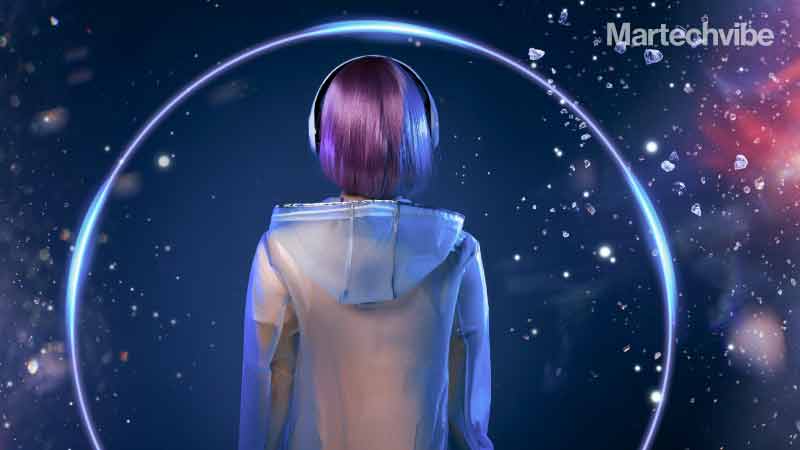
The audio marketing space has been growing, making it essential for brands to develop sonic identities
Technology-based marketing has been aiming to be an immersive and sensory experience. Brands want to captivate the consumers, to perceive their products – see, touch, feel and even hear them before an individual buys them.
To hear a product is a part of a trending marketing exercise called sonic branding. The technique pertains to the creation of sounds or songs associated with a brand, product, or service. The association is not created by consumers, but instead, it is cultivated by a brand to generate an identity, make it memorable, and draw in customers.
How brands are investing in sonic branding
Some stellar instances of sonic branding are the default Apple phone ringtone or the Mac start-up sound, McDonald’s “I’m lovin it” chime, and the Intel Inside jingle. Brands often have a signature tune associated with them which a customer instantly recognises.
Then there are the sonic logos. These are not jingles, a specific short tune or someone singing the brand name. It is the audio version of the visual – you hear what you see.
Sonic logos are often not an instant phenomenon. They are built over time. Let’s take the example of the TED Talks logo. It was just TED written in block red letters when it was launched in 1984. Today, the TED Talks sonic logo has a ripple effect and an inspiring sound that shows what the brand is about – inspirational talks from all walks of life. The sonic logo plays before almost every TED Talks video.
Another very familiar example is that of the Netflix sonic logo. The bright red N that stands on your app or other screens suddenly animates before the film plays with a “ta-dum”. It generates happiness one feels at the beginning of a film or the beginning of a binge-watching session.
Expo 2020 Dubai has also employed the sonic logo to explain its legacy. It brings alive the heritage of Expo 2020 in a crisp video that has visuals of sandy dunes. They call the Expo logo, which rises from the ground in gold, a symbol of strength that has the power to create and connect – which is what it is doing by bringing together close to 200 countries and several hundred organisations.
Meanwhile, exclusive sound advertising or collaboration has also grown since sound consumption has increased worldwide, more so during the pandemic. As a result, it has opened a field for marketers to tap into the sonic space to talk about their brands. They simply cannot of course talk about it but have to put the pulse of their brand in their advertisements.
In the MENA region consumption of sound has grown since 2018. For instance, let’s start with radio. In the United Arab Emirates, 1.9 million people listened to the radio for more than 18 hours a week, according to Nielsen. Then, there are music apps specific to MENA countries, like Anghami which has a listener base of 33 million, according to Forbes.
Sound advertising in this era of sonic branding has grown, too. It is not just restricted to a skit that plays over 30 seconds where a few people gleefully talk about the benefit of the brand. It has evolved into collaborations.
For instance, Mondelez and Spotify collaborated during Valentine’s Day to bring customised experiences for people. On the cover of the beloved Cadbury Dairy Milk Silk, the collaborative firms put a code for Spotify. A person, through their Spotify app, had to scan the code which would take them to a specially curated Valentine’s Day songs playlist that belted hits like Photograph by Ed Sheeran and Can’t Help Falling In Love With You by Elvis.
Oral healthcare brand Colgate in June also created its sonic identity, a hum that it calls should convey its brand promise “optimism in action”. The brand’s overall sonic identity system was developed by MassiveMusic’s London and New York team that has, in a Youtube video, described the science behind the sonic branding – the factors that create an association between the brand and people. They said the sonic logo contains a blend of male and female tones to sound “very real, close and natural”.
Then, there is also podcasting which amassed more listeners from the MENA region in 2020. According to the Podcasts in MENA: State of the Industry 2020 report, podcasts gathered 56 per cent more listeners than in 2019. Of the total, 50 per cent of people said they preferred entertainment-related content, and 36 per cent preferred listening to self-help podcasts.
Amazon’s Audible, which is an audio book-listening service, is one of the world’s top sponsors of podcasts. It backs creators across genres – be it slice-of-life or a mental health podcast – on Apple, Spotify and other channels. A podcast with a good listening base can get the word out about your brand.
The sonic branding effect
Music or sound has a way of tugging at the heartstrings. Now, with sonic marketing, it has a way of tapping the customers’ wallets.
A report from YouGov showed that sound builds trust, loyalty, recognition and recall for brands. The report stated that one out of five people under the age of 35 across the world is inclined to choose a product from a brand with a sonic identity.
These people also said that they felt positive towards a brand with a sonic identity. The report also stated that 20 per cent of young adults prefer to buy a product with a sonic identity than those without.
If you liked reading this, you might like our other stories
Martech Lessons from the Middle East’s Leading Brands
Marketing With Data Lakes and Data Warehouses

